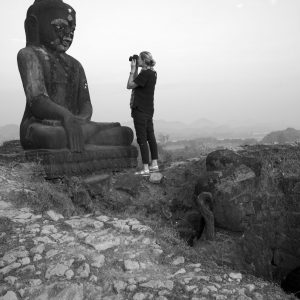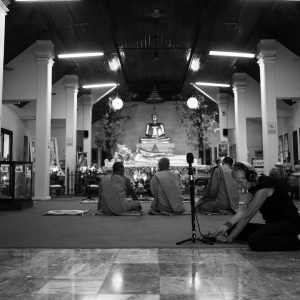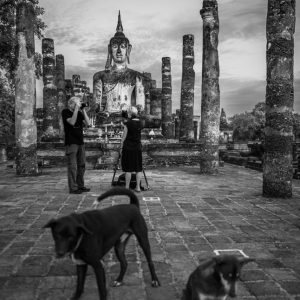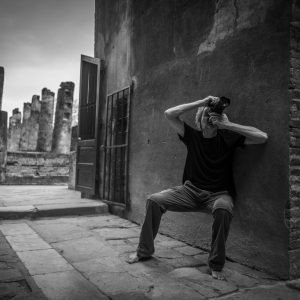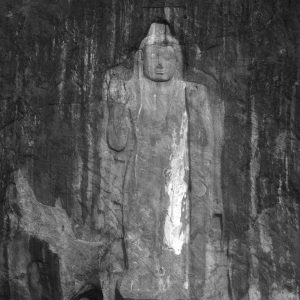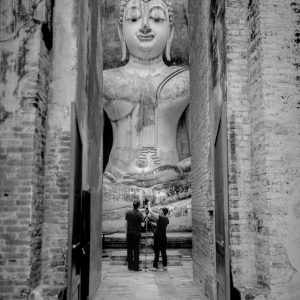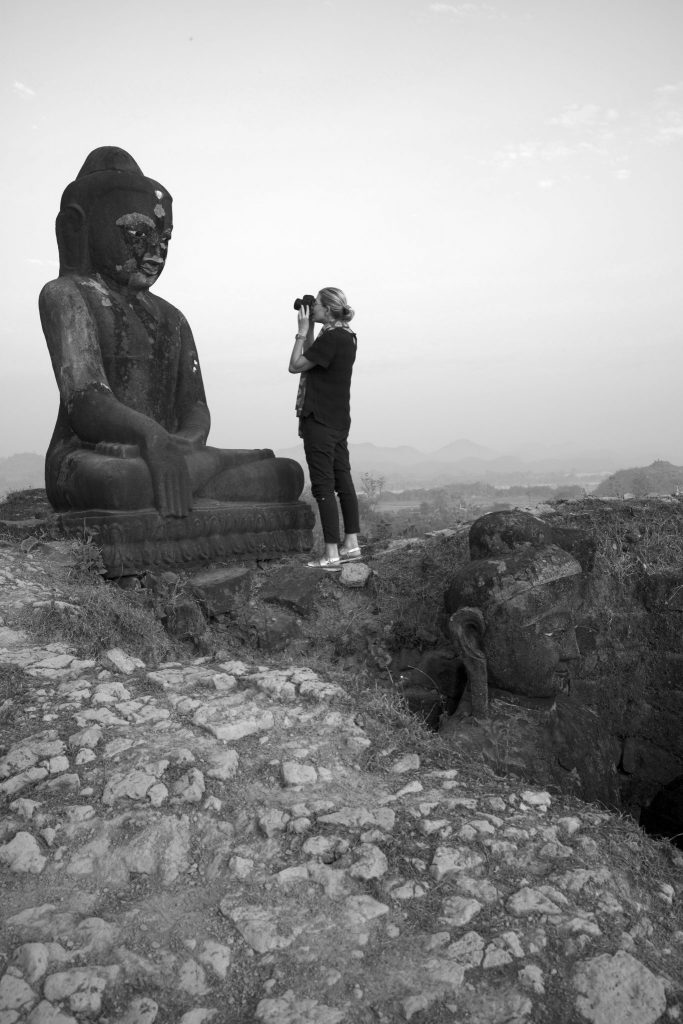
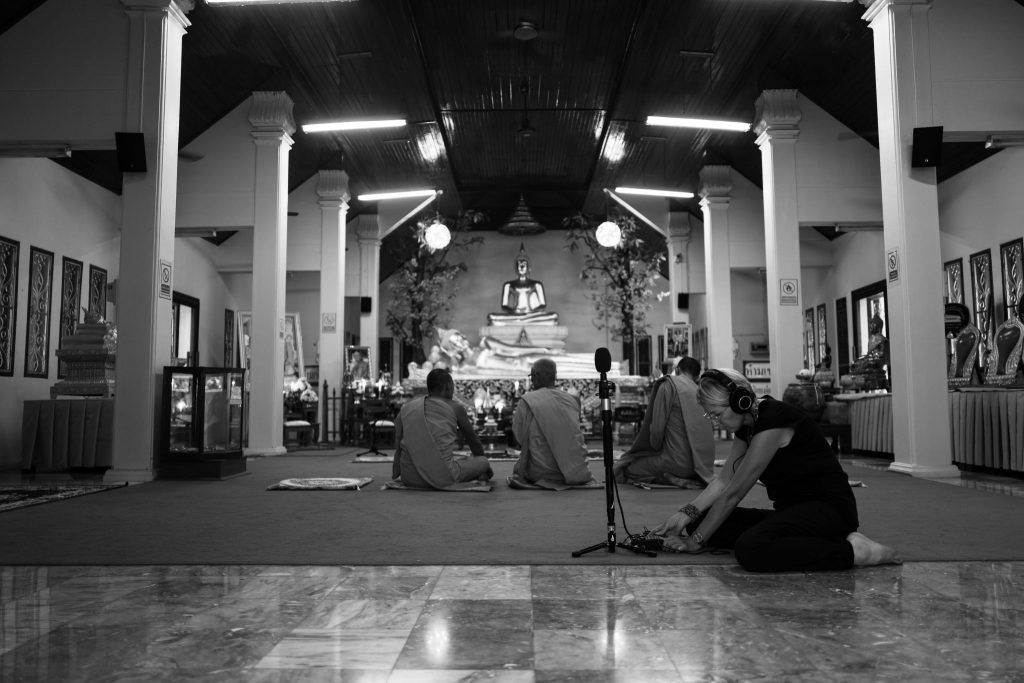
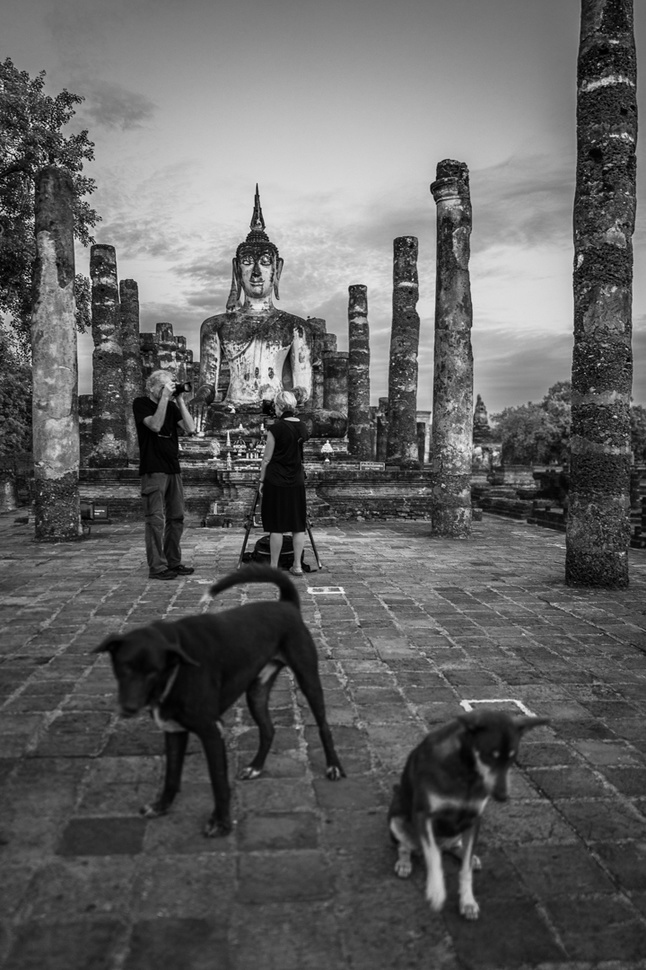
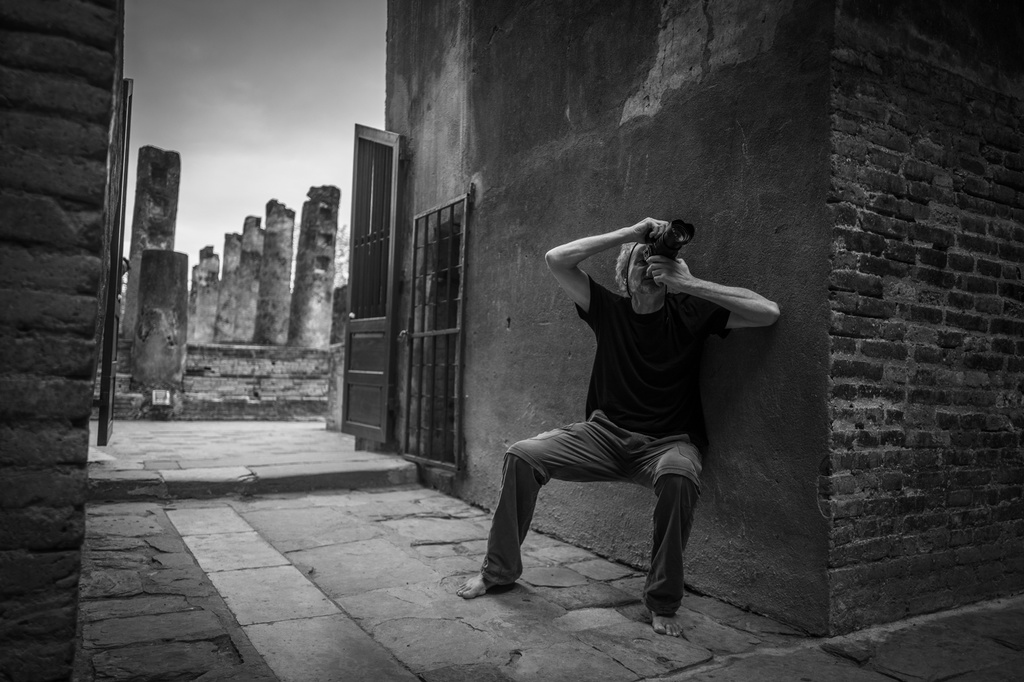
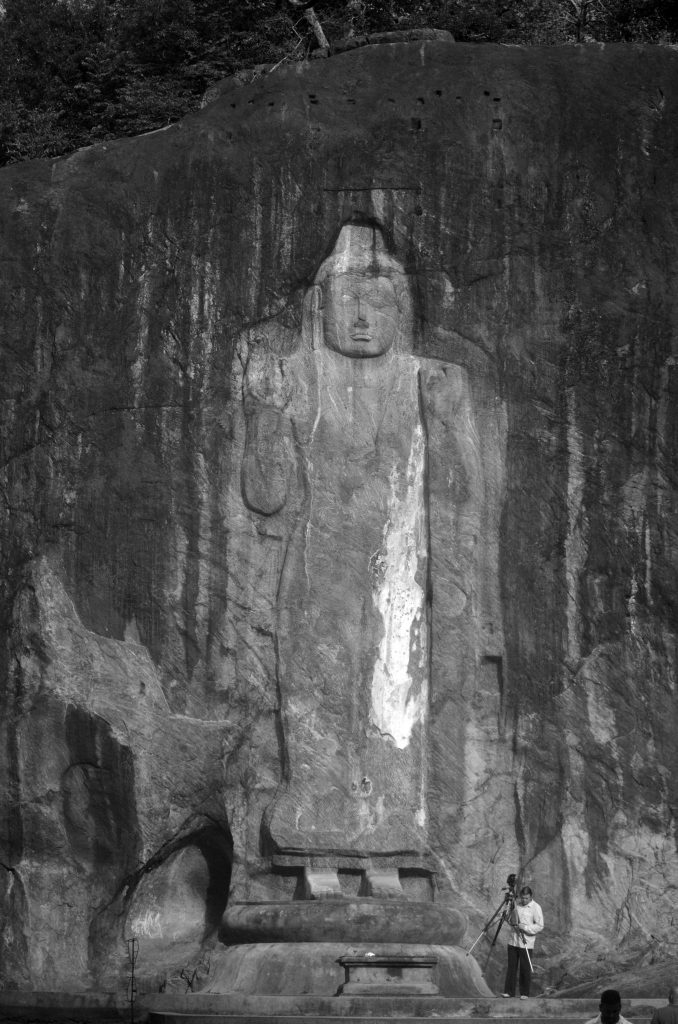
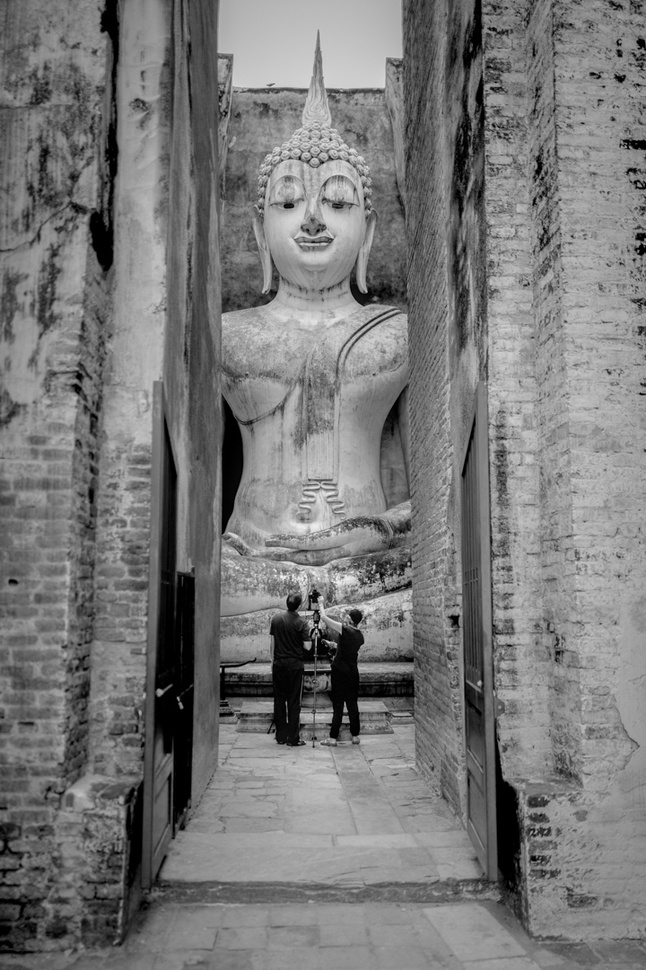
The Atlas of Maritime Buddhism research project undertakes ground breaking research to resolve the fundamental challenges of narrative coherence for museum audiences as they explore digital cultural atlases. As part of this investigation, the project will integrate a unique heritage dataset—the Atlas of Maritime Buddhism (Atlas)—which has accumulated historic evidence for the spread of Buddhism from India to Korea through the seaports of Southeast Asia. Its pan-Asian spatially and temporally enabled sources are significantly diverse in both type and format (e.g. archaeological materials, travellers’ accounts and historic gazetteers to name a few). The aim of the proposed research is to develop a pioneering narrative-driven deep mapping schema, an information visualisation framework for interactively exploring the narrative patterns, processes and phenomena in the Atlas. This schema will investigate narrative coherence through the experimental application of the world’s first deep mapping data browser—a navigational interface developed in a 360-degree 3D (omnidirectional) virtual environment.
The Atlas is of great academic importance as it contains evidence that counterbalances prevailing narratives which foreground the overland Silk Road, and neglect the importance of pan-Asian maritime countries and Buddhism entrepreneurship in the expansion of trade from 2nd century BC-12th century AD.
Encompassing hundreds of sites and artefacts across India, Sri Lanka, Indonesia, Myanmar, Thailand, Cambodia and China, the Atlas of Maritime Buddhism is the world’s largest archive of fully immersive, high-resolution panoramic and panoptic 3D images. The Atlas is testament to how Buddhism has flourished for many centuries and continues to thrive today. From the earliest rock-cut caves of India to iconic stupas and temples, many of these revered spaces are now national heritage monuments and UNESCO World Heritage Sites. The archive is not only vast in scale and content, it also provides the digital framework for a profoundly new exploratory experience for museum visitors through which participants are able to delve into deep levels of sensory memory across place and time. In parallel with documentary fieldwork undertaken in these seven countries, the development of the Atlas has involved extensive research into the design and experience of mapped places to inaugurate a range of new possibilities for visitors to this exhibition.
The Atlas reflects how sculpture and architecture are intimately connected. Monumental reliefs were used to decorate the walls of buildings, and depictions of Buddha and Bodhisattvas, key figures on the path to enlightenment, were popular in countries along the maritime route. In the Atlas installations, viewers embark on an interactive spatial journey through hundreds of incomparable Buddhist temple complexes, presented in panoramic form. The visual projection features include sonic recordings of the temples and surrounding landscapes. In addition, the collection of 3D-modelled sculptural objects represents many of the finest artefacts to be found in Asia, rarely seen outside their country of origin. New forms of dynamic, spatialised narrative are generated while travelling through the exhibition, created by the viewer, as they discover relationships embedded in the archaeological, historic and contemporary materials of the Atlas. Freed from a linear framework of knowledge production, such data-driven storytelling opens up a myriad of powerful possibilities for museum audiences to explore atlases and discover their cultural treasures through emerging patterns, relationships and juxtapositions.
Exhibitions
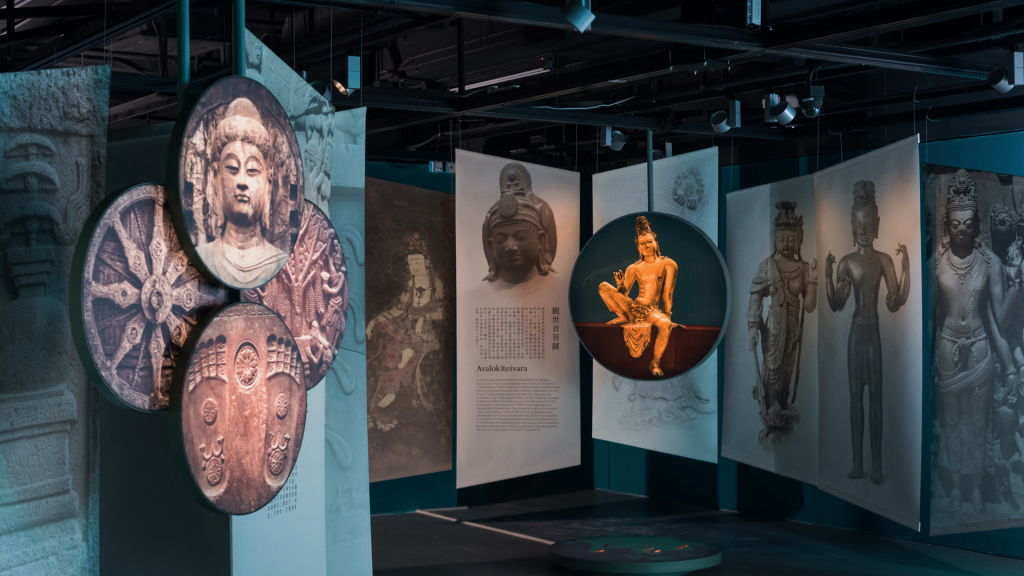
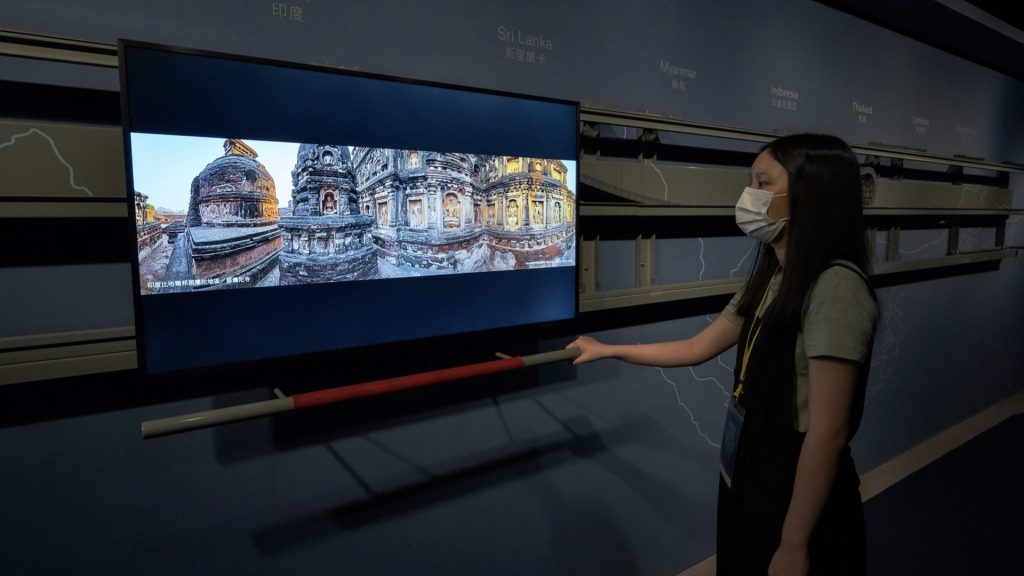
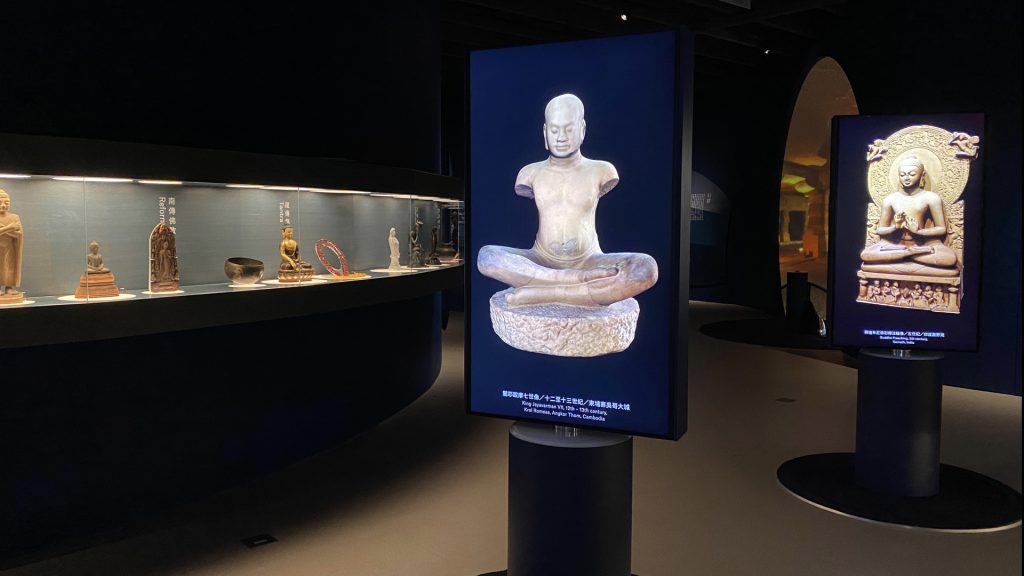
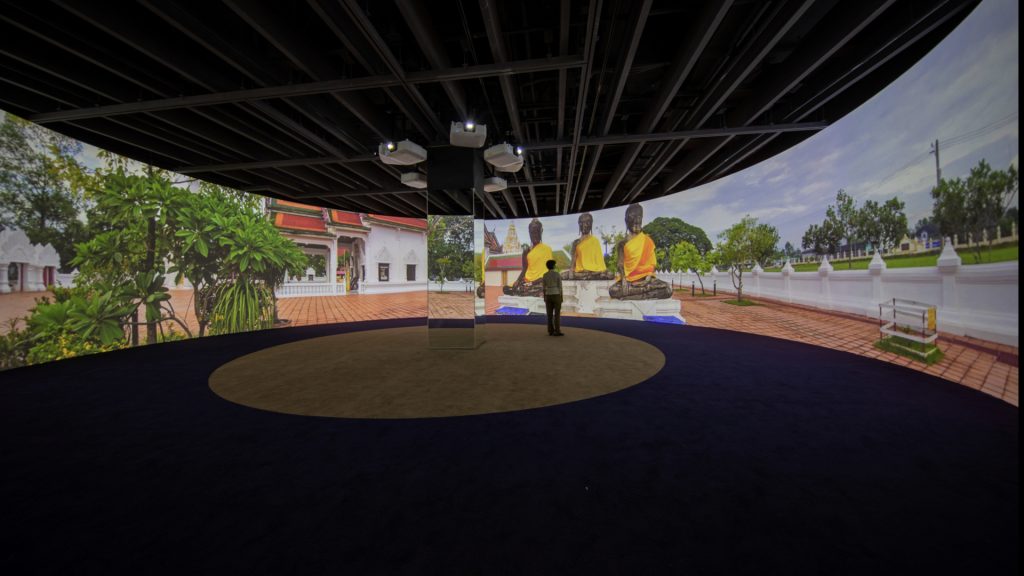
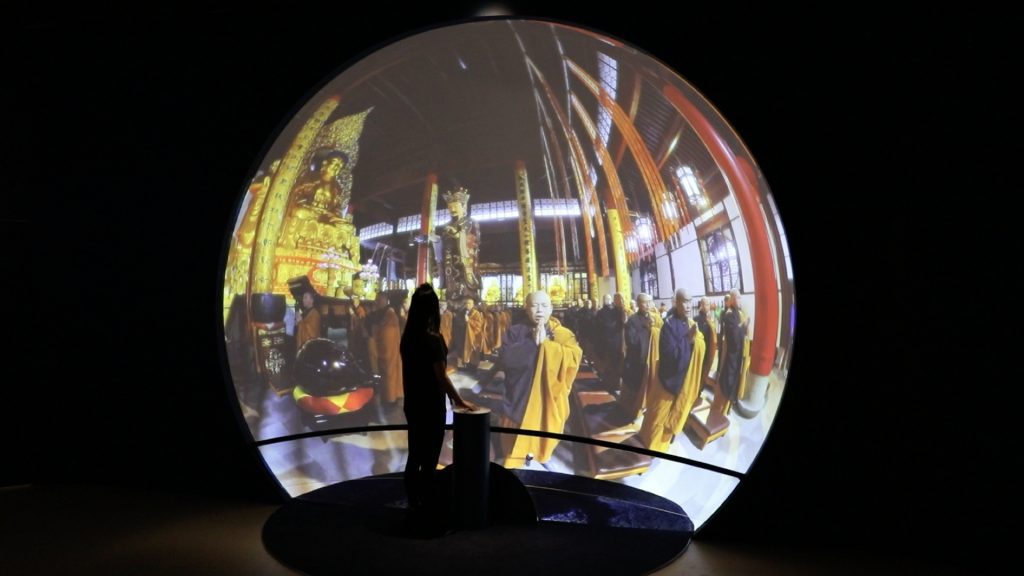
‘Buddhist Maritime Silk Road’, Fo Guan Shan Monastery, Taiwan (May 2021- May 2025);
‘The Atlas of Maritime Buddhism’, Indra and Harry Banga Gallery, City University HK (July to November 2021). Catalogue can be found at the bottom of the page.
‘The Atlas of Maritime Buddhism-VR’, Hanart TZ Gallery (21 August – 2 October 2021)
Chengdu Biennale ‘Super Fusion’ (November 2021 – April 2022).
Funding
Funding: Australian Research Council Linkage Project.
Led by: Prof. Sarah Kenderdine, EPFL
Chief Investigators:
Lead: Prof. Sarah Kenderdine, EPFL/UNSW
Prof. Jeffrey Shaw, City University of Hong Kong
Prof. Dennis Del Favero, University of New South Wales
Prof Michael Thielscher, University of New South Wales
Em/Prof. Lewis Lancaster, University of California, Berkeley
Prof. Jianxiong Ge, Fudan University, China
Partner Investigators:
Dr. Lynda Kelly, Australian National Maritime Museum
Mr. Li Zhenhua, Chronus Art Center
Acknowledgments:
The Atlas of Maritime Buddhism research project was supported by the Australian Research Council Linkage Grant. Partners: École Polytechnique Fédérale de Lausanne, University of New South Wales, Australia; University of California, Berkeley, USA; City University of Hong Kong; Fudan University, Shanghai, China; Australian National Maritime Museum, Sydney; Chronus Art Center, Shanghai, China. Curators: Professors Sarah Kenderdine, Jeffrey Shaw and Lewis Lancaster, Venerable Ru Cheng, Dr Marnie Feneley. Documentation team: Paul Bourke, Ben Healley, Sarah Kenderdine, Leo Meier, Jeffrey Shaw. Special thanks to all custodians and guardians of this incredibly legacy across all the countries represented.
Fieldwork images shown © The Atlas of Maritime Buddhism (by Jim Brewer, Ben Healley, Sarah Kenderdine, Leo Meier, Indika Vithanage)
